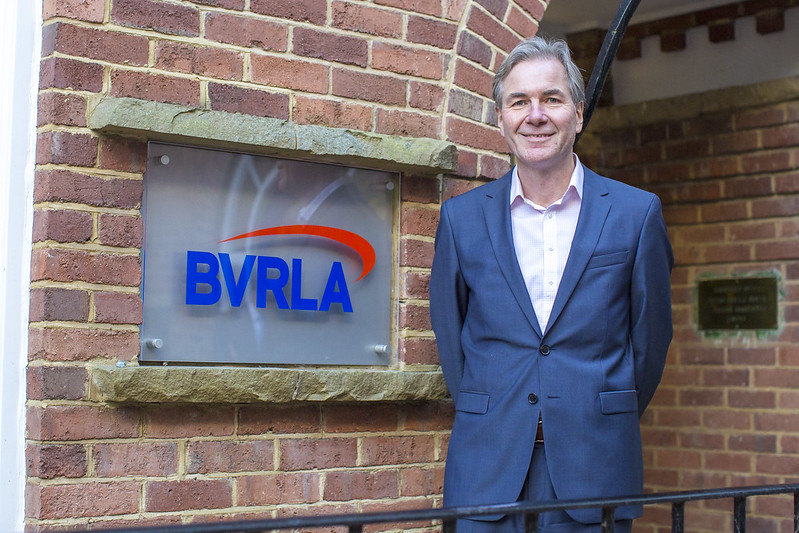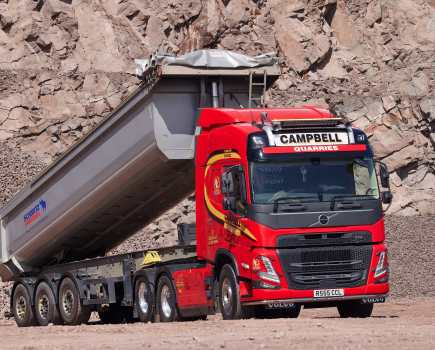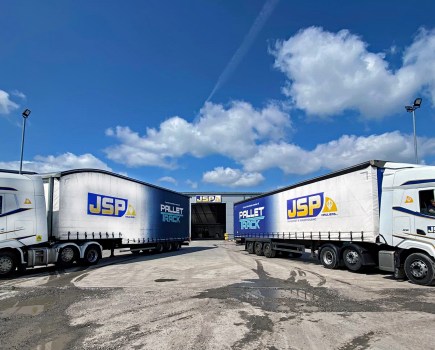The BVRLA says the Government should develop a delivery plan to support the proposed phase-out of HGVs.
The phase-out relates to non-zero emission vehicles between 2035 and 2040.
Following a consultation on the phase-out, the association spoke out.
Specifically, it urged the Government to follow a similar approach to that seen for cars and vans.
The BVRLA recommended setting up a taskforce with a range of stakeholders.
For example, it suggested including end users to make recommendations for the delivery plan.
This group should play a key role in identifying the challenges in reaching the phase-out dates, said BVRLA.
Furthermore, it should be developing the solutions needed to overcome them.
The BVRLA consulted a wide range of members on the phase-out.
In addition, it highlighted the fact that the vast variety of HGV use cases would require a different approach.
The association is suggesting that the Government reconsiders its timings for the phase-out.
For example, it believes that the vehicle weight threshold for the 2035 and 2040 phase out dates should occur at 18 tonnes not 26 tonnes.
Meanwhile, it has also suggested that another earlier split at 7.5 tonnes should be considered.
Elsewhere, the Government should consider the ongoing role of low carbon fuels, which have been instrumental in helping reduce emissions.
These should be supported in the short term to deliver immediate carbon reduction gains while zero emission product is not viable.
BVRLA Chief Executive Gerry Keaney (pictured above) emphasised the importance of the delivery plan.
“The HGV market will need massive long-term grants and incentives to go zero emission.
Concluding, he said: “Government needs to ensure that any of the lessons and insights learnt from the various trials currently under way are fed through to the market quickly and clearly.”






